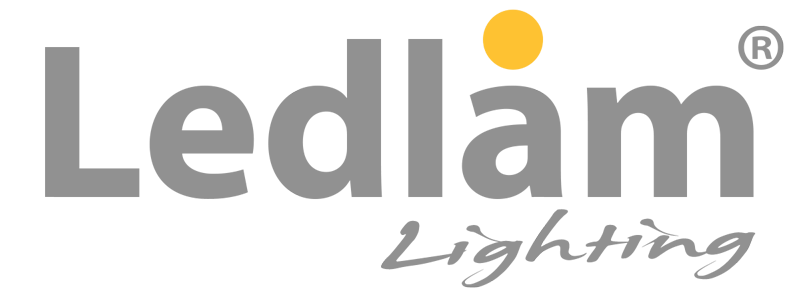A linear excessive bay refers to a kind of lighting fixture designed particularly for illuminating massive indoor areas with excessive ceilings, reminiscent of warehouses, factories, gymnasiums, and retail shops. It’s characterised by its elongated form and is also known as a “linear excessive bay mild” or “linear LED excessive bay mild” resulting from using LED expertise in fashionable variations.
The first function of a linear excessive bay is to supply shiny, uniform, and energy-efficient lighting over a large space. These fixtures are usually mounted at a excessive elevation, suspended from the ceiling or connected to particular brackets, permitting them to forged mild downwards with a broad beam angle. This setup ensures optimum protection and minimizes darkish spots or shadows, thus enhancing visibility and security within the house under.
Linear excessive bay lights provide a number of benefits over conventional lighting choices. Using LED expertise allows them to supply high-quality, shiny mild whereas consuming much less power in comparison with typical fluorescent or HID (high-intensity discharge) lights. LEDs are recognized for his or her lengthy lifespan, sturdiness, and low upkeep necessities, making them a cheap lighting answer in the long term.
Moreover, linear excessive bay lights usually include options reminiscent of dimming capabilities and the power to regulate coloration temperature, permitting for higher management over the lighting setting. This flexibility makes them appropriate for varied functions, together with completely different work settings and actions that will require particular lighting situations.
Total, a linear excessive bay is a specialised lighting fixture designed to effectively illuminate massive areas with excessive ceilings, providing improved visibility, power effectivity, and customization choices. Its design and options make it a well-liked selection for industrial and industrial settings in search of optimum lighting efficiency.
Source link

